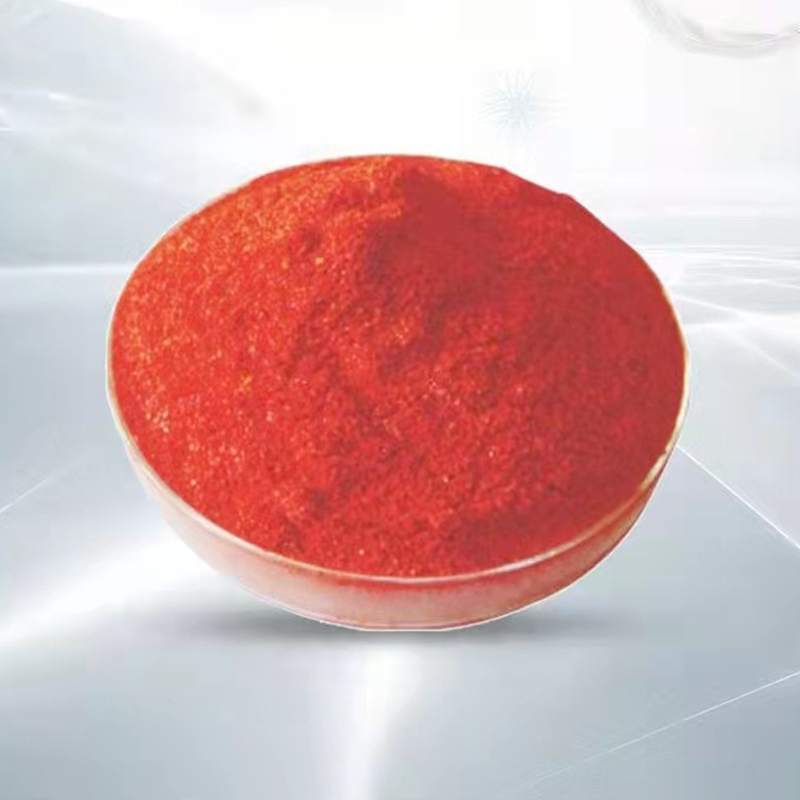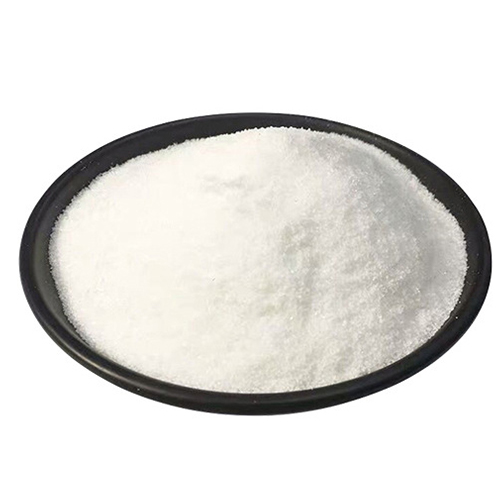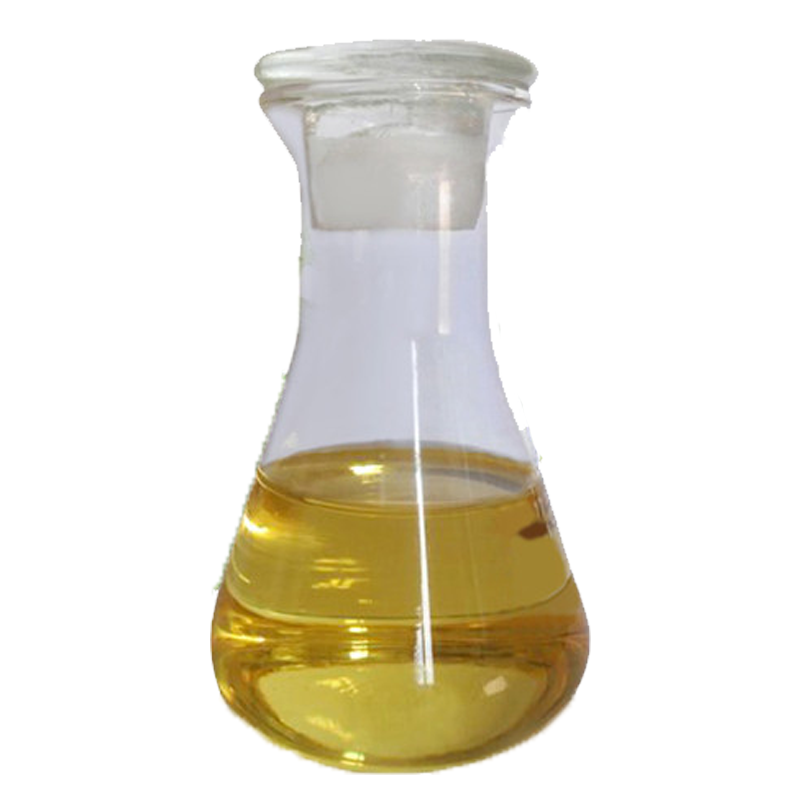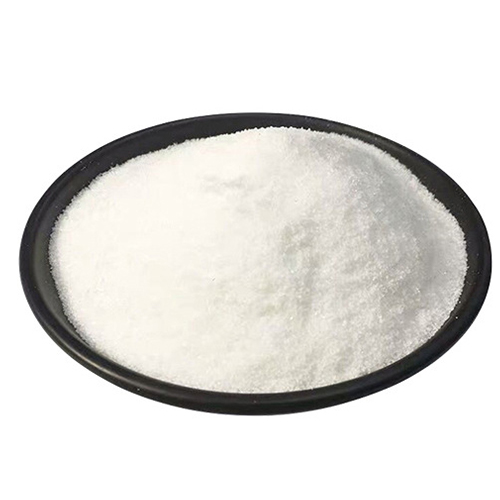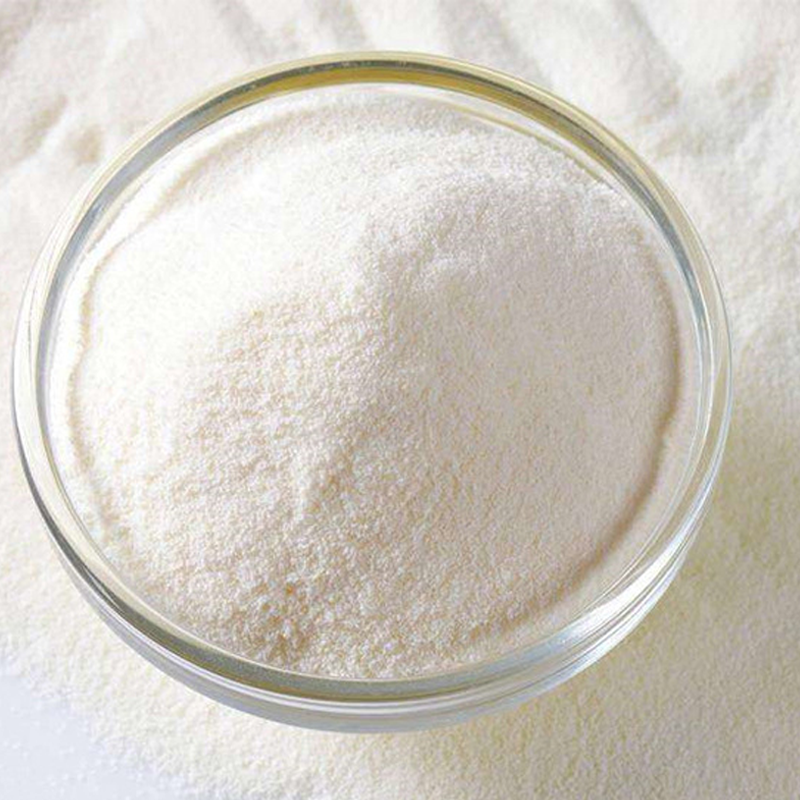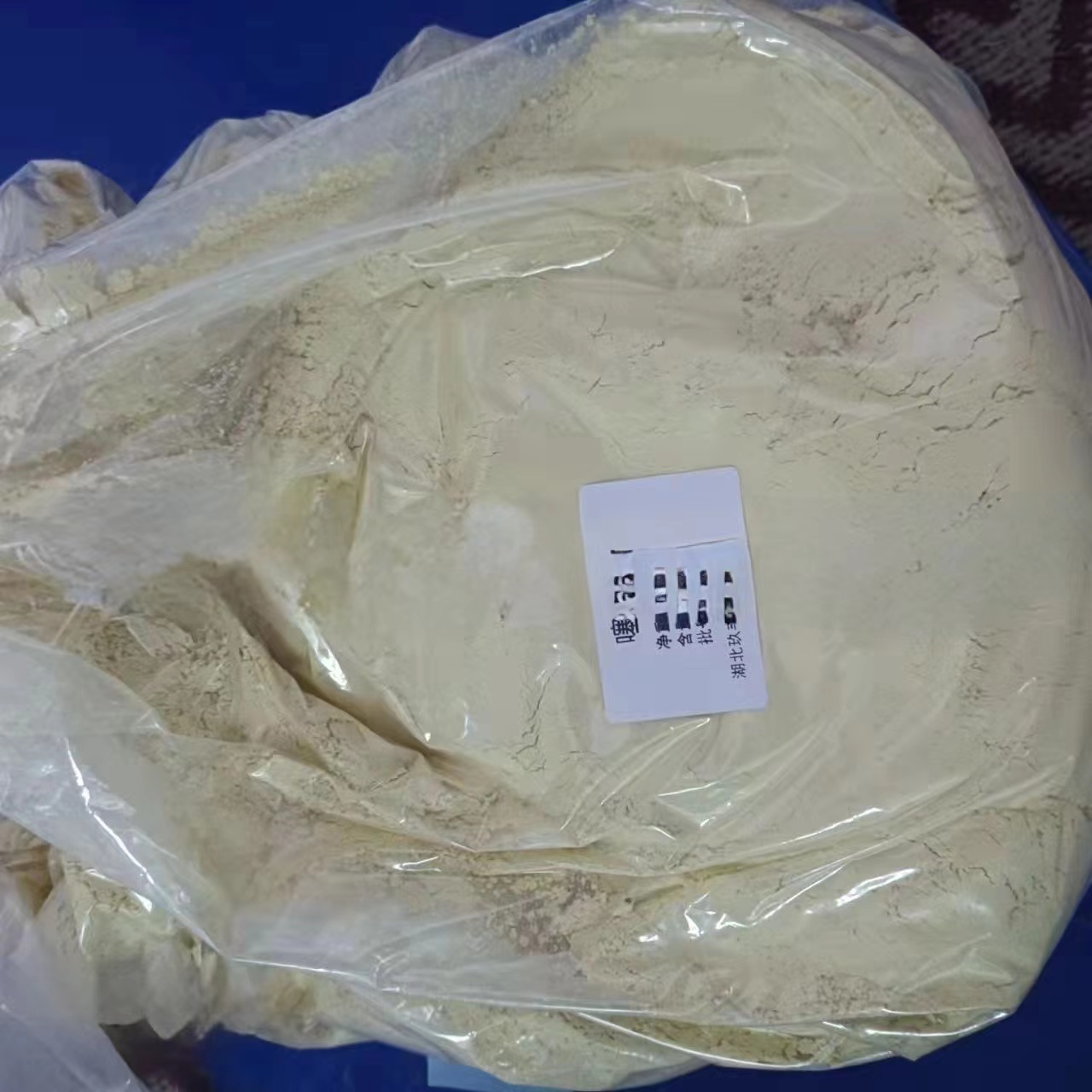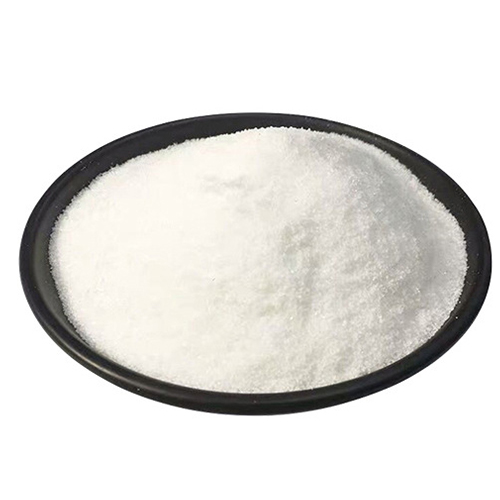
Plant Growth Regulator Paclobutrazol Cas 76738-62-0
Paclobutrazol is a type of triazole plant growth regulator that functions as a growth inhibitor. It can significantly reduce apical dominance and promote lateral bud growth, increase chlorophyll, protein and nucleic acid content, and decrease the amount of gibberellin in plants. It mainly works through root absorption. The amount absorbed through leaves is small and not enough to cause morphological changes, but it can increase yield.
CasNo: 76738-62-0
Formula: C15H20ClN3O
Physical State:solid
Purity(%):
Application: Agricultura
Color: White
Formulation:10%15%WP 25%Suspension agent and used to manufacturer more formulated product
- Category: Plant Growth Regulator
Paclobutrazol is an inhibitory triazole plant growth regulator, an inhibitor of endogenous gibberellin synthesis, which can significantly weaken the top growth advantage, promote the growth of lateral buds (tillers), thick stems, and dwarf and compact plants. It can increase the content of chlorophyll, protein and nucleic acid, reduce the content of gibberellin in plants, reduce the content of indole acetic acid and increase the release of ethylene. It works mainly through root absorption. The amount absorbed from the leaves is small, not enough to cause morphological changes, but it can increase production.
Features of Paclobutrazol
Paclobutrazol is a new type of plant growth regulator, which can inhibit the production of gibberellin derivatives and reduce the division and elongation of plant cells. It is easily absorbed by roots, stems, and leaves, conducts conduction through the xylem of plants, and has a bactericidal effect. It has a wide range of activities on gramineous plants, which can make the internodes of plant stems thicker, reduce lodging and increase yield.Thidiazuron is a new type of high-efficiency cytokinin used in tissue culture to better promote plant bud differentiation. Low toxicity to humans and animals, suitable for use as a defoliant for cotton.
Applications of Paclobutrazol
It can be absorbed by plants through roots, stems and leaves. The paclobutrazol absorbed by the root moves to the top of the plant through the xylem, mainly upwards. After the leaves are absorbed, the movement is very slow, and paclobutrazol inhibits the growth of plants or branches. This effect is mainly achieved by inhibiting the synthesis of gibberellin. In the process of inhibiting the synthesis of gibberellin, it mainly inhibits the middle three processes in the process from mevalonic acid → kaurene → kaurenol → kaurialdehyde → kaurinic acid → gibberellin, but does not inhibit the process of gibberellin The synthesis of kaurene does not affect the subsequent process of kaurinic acid. Reduces cell division and elongation by inhibiting gibberellin synthesis. It can not only greatly reduce the amount of GA synthesized in plants, but also reduce the content of IAA and increase the content of endogenous ethylene ABA and cytokinin. Paclobutrazol can effectively regulate and control plant growth and development at the hormone level by changing the hormone balance in plants. Its main physiological effects are as follows. 1. Change the level of endogenous hormones in crops and delay growth. Plant height and internode growth are mainly regulated by gibberellin (GA). Paclobutrazol inhibits gibberellin synthesis, thereby delaying growth, inhibiting internode growth, and dwarfing plants. For example, after paclobutrazol was applied at the seedling stage, the average gibberellin content was only 8.4% of the non-applied (CK); after paclobutrazol was applied to rape seedlings, the gibberellin content decreased by 65.2% compared with the control (CK). Paclobutrazol has an effect on the content of indole acetic acid in plants, and the application on the seedlings is 43% of that without application; the content of indole acetic acid in the application on rapeseed is 87.1% lower than that of the control. After paclobutrazol was used to treat rice and rape plants, the content of endogenous abscisic acid increased significantly, and the content of abscisic acid in rice was more than that without application, and the content of abscisic acid was 552.4% of the control; rape increased by 88.7%. Paclobutrazol also modulates the ethylene release rate of plants. When the rice leaf age was 3.1, 15% paclobutrazol was applied at 2.5kg/hm2, and when the leaf age was 7.1, the ethylene release rate was significantly increased, which was 137.4% of that without paclobutrazol. Paclobutrazol also affects the content of endogenous cytokinin in plants. For example, 15% paclobutrazol 3.75kg/hm2 is applied at the seedling stage of rice, and it is 118.4% higher than that without paclobutrazol during the period of 10 to 40 days after application.
Package of Paclobutrazol
We also supply some accessories to
add more functions for end-users' convenience, which also help our distributors and business partners sell
our products in their area. Any special package requirements, please don't be hesitate to tell us.
Large Package:
Solid: 25Kg UN approved fiber drums with LDPE liner;
Liquid: 200L UN approved HDPE or iron drums.
Retail Package:
Solid: 10g;50g;100g;500g;1kg;5kg;25kg
Supplier of Plant Growth Regulator Paclobutrazol
Agripestcide is a professional pesticide chemical manufacturer provides high quality and effective Plant Growth Regulator Paclobutrazol powder with high quality and good service. If you are looking for Plant Growth Regulator Paclobutrazol powder in bulk, feel free to contact us to get the latest price.
Name | Paclobutrazol |
Formula | C15H20ClN3O |
Molecular Weight | 293.8 |
EINECS N0. | 616-379-6 |
Melting Point | 165-166°C |
Boiling Point | 460.9±55.0 °C(Predicted) |
Physical State | solid |
Color | White |
Purity | |
Package | 25kg Cardboard barrel |
Application | Agricultural |
Storage | Ventilation low temperature drying |
Sample | Available |
EXP | 2 years |
Send an Inquiry
Your email address will not published. Required fieled are marked.
Related Products
Check out other related Products

